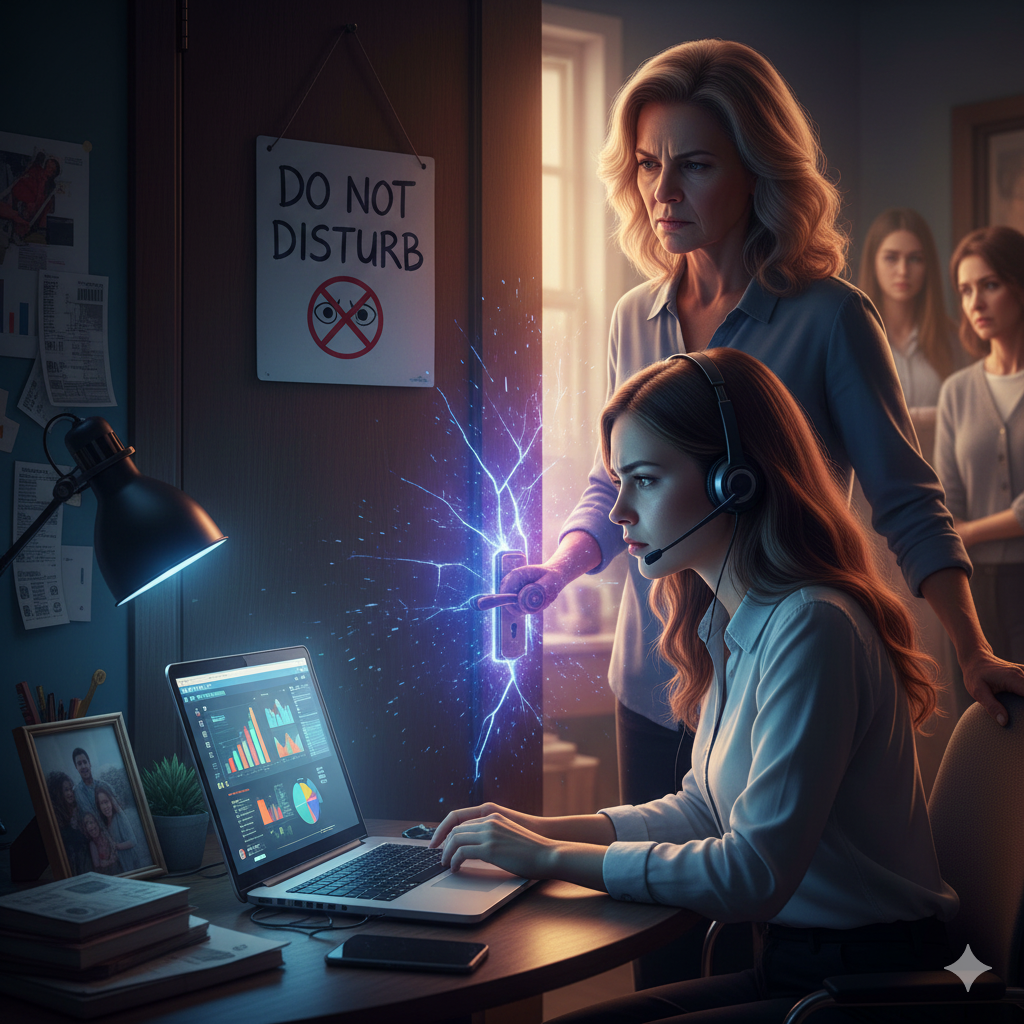The concepts of privacy and censorship are intertwined in complex ways. As individuals, we yearn for the freedom to express ourselves and access information without fear of undue surveillance or control.
Yet, these two foundational elements sit at opposite ends of the spectrum—privacy advocates urge the protection of personal data, while censorship has become a tool for controlling what can be said and how much can be known.
The relationship between privacy and censorship can be understood through real-world examples, technological advancements, and personal experiences.
By exploring these themes, we can cultivate a deeper understanding of how safeguarding privacy can serve as a bulwark against censorship and how, conversely, censorship practices can erode personal freedoms.
- The Erosion of Privacy in the Age of Surveillance
- Censorship: The Other Side of the Coin
- How Privacy Shields Against Censorship
- The Role of Technology in Facilitating Free Expression
- Balancing Personal Freedoms in a Surveillance Society
The Erosion of Privacy in the Age of Surveillance
Today, privacy seems to hang by a thread, especially as governments and corporations increasingly monitor our online activity under the pretense of safety and security.
High-profile incidents such as the revelations from Edward Snowden concerning NSA surveillance have marked a turning point in public consciousness around privacy.
Companies track our every move—often without our explicit consent—collecting data that can be utilized for everything from targeted advertising to disturbing forms of manipulation.
This pervasive surveillance environment pushes individuals to alter their behavior online, fearing repercussions for simply expressing opinions.
The narrowing space for private thought and expression raises red flags about the extent to which our freedoms are compromised by entities eager to observe and control us.
Censorship: The Other Side of the Coin
While privacy involves protecting personal information from prying eyes, censorship serves to restrict access to that information.
Censorship can take many forms, from government-imposed restrictions on accessing certain websites to social media platforms limiting the visibility of user-generated content.
It stems from an intention to control public discourse, often justified by claiming to protect societal values or national security.
Censorship has escalated in recent years, as platforms enforce community guidelines that sometimes lead to the suppression of viewpoints that are unpopular or challenge the status quo.
This restriction can effectively silence marginalized voices, reinforcing the idea that those in power are willing to curtail personal freedoms under the guise of order.
How Privacy Shields Against Censorship
Connecting privacy with the fight against censorship, it’s clear that robust privacy rights support a culture of free expression.
By securing personal information and communications, individuals can feel empowered to explore ideas, share opinions, and engage in debate without the fear of reprisal or judgment.
This protective layer provided by privacy allows society to flourish, creating more open dialogues and richer cultural perspectives.
For instance, utilizing tools like the Incognito Browser app enhances privacy by limiting tracking and data collection during online activities.
By utilizing incognito browsing mode or other privacy-centric tools, users not only shield their personal information but also foster an environment that encourages honest and uninhibited discussions—thus allowing for resistance against censorship tactics.
The Role of Technology in Facilitating Free Expression
In this complex landscape of privacy and censorship, technology stands not only as a tool for surveillance but also as a means of resistance.
The rise of decentralized platforms, privacy-focused applications, and encryption technologies empower individuals to bypass traditional barriers of censorship imposed by governments or corporations.
These alternatives provide safe spaces for people to communicate and exchange ideas without fear of invasive oversight.
For instance, decentralized communication platforms like Telegram have gained popularity among users seeking privacy while engaging in free expression, allowing them to share information without stringent restrictions.
However, the ongoing struggles faced by such applications remind us that maintaining these freedoms will require vigilance and ongoing advocacy.
Balancing Personal Freedoms in a Surveillance Society
In these turbulent times, the interconnectedness of privacy and censorship necessitates a deeper dialogue about our freedoms.
Protecting privacy is not merely an exercise in safeguarding personal data; it is vital to preserving our rights to speak freely, access information, and engage in meaningful discourse.
Censorship must be met with both resistance and proactive measures to enhance privacy, ensuring that the delicate balance between protection and freedom remains intact.
The choice to prioritize privacy is a powerful statement against censorship. Incorporating tools like the Incognito Browser into our daily digital lives can serve as a steadfast resource for individuals seeking refuge from unwarranted surveillance and encroachments upon their rights.
Together, let’s take action to uphold our fundamental freedoms—because in a world where privacy and censorship collide, our collective voice matters now more than ever.



